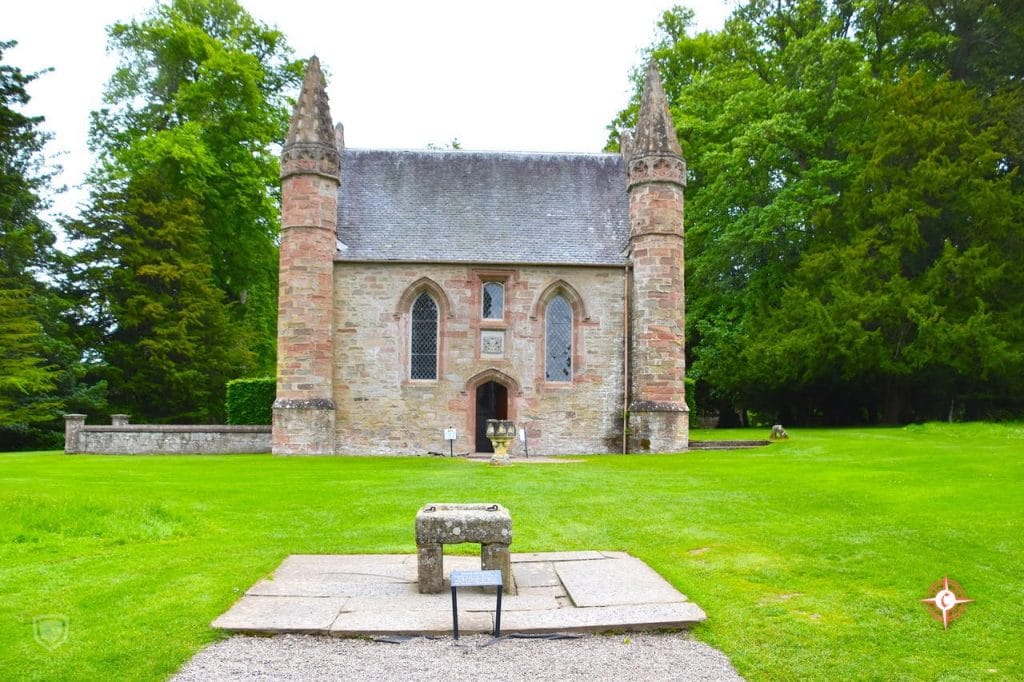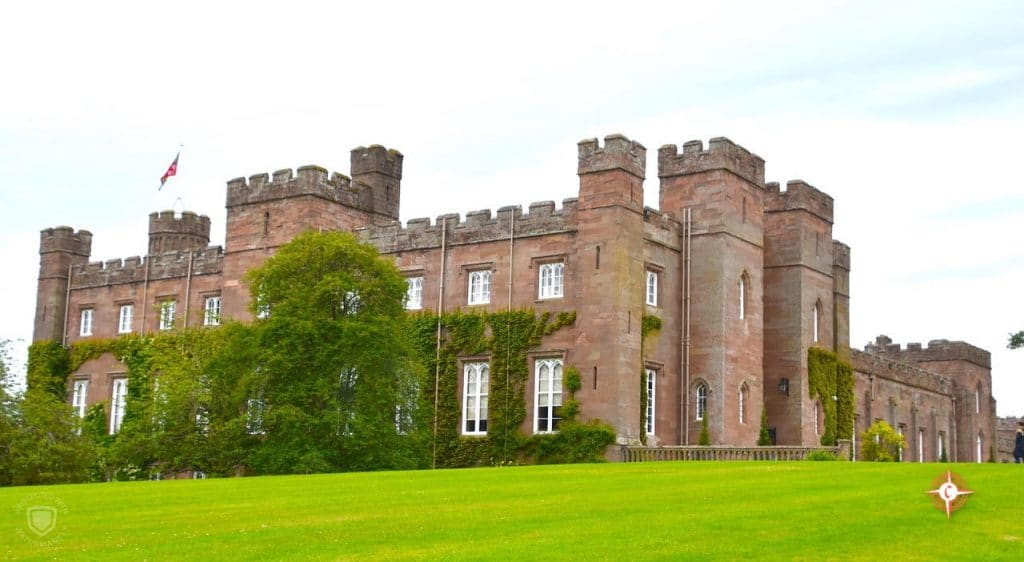Two claims of the stone are made today. First is that the stone, which Edward placed beneath his throne, was an imposter stone, gathered by his troops to placate the insistent king. The real stone lies hidden today, perhaps under the castle of Macbeth. Other legends hold that a piece of the Stone is high in the tower in Blarney Castle, a stone kissed by thousands of visitors each year.

In the alternative claim, Scots look brightly upon the idea that Edward encased the real Stone of Destiny in his throne as an acknowledgement that Scotland was integral to England, as more than a vassal. Kings and Queens of England have been crowned on the Stone of Scone ever since; including Queen Elizabeth II.
Robert the Bruce made his peace with England and the pope before he died in 1329. In the Treaty of Edinburgh of 1328, England recognized Bruce as the rightful king of Scotland. It was the eve of the marriage of Bruce’s son David and Edward III’s sister, Joan. The pope lifted the order of excommunication on Bruce for murder in a church. Future kings of Scotland would be crowned on behalf of the pope by the bishop of St. Andrews.


As part of the 1328 treaty, the Stone of Destiny was to be returned to Scotland. It was not. In 1996, Queen Elizabeth II agreed that the Stone of Destiny be returned to Scotland. It is held in Edinburgh Castle, where it receives visitors, with other Honors of Scotland. Scotland has agreed to loan the Stone for the induction of future British monarchs.
The abbey at Scone remained a revered place for induction of kings. A church was built in 1624 and it was there in 1651, that Charles II was crowned as king of England, upon return from exile. (that is another story) Today there is a nineteenth century chapel near the site and a replica Stone. The palace of the abbot of Scone was expanded in the sixteenth century and in 1802, when it became home to the third Earl of Mansfield. Today the Palace at Scone and grounds are open as a museum and visitor site.
The story of The Stone of Scone and Honors of Scotland, with other stories of Ports of the British Isles can be found in Cruise through History, Itinerary X, forthcoming.
If you want to learn more about Sherry Hutt’s adventures check out one of her books on Amazon.com







